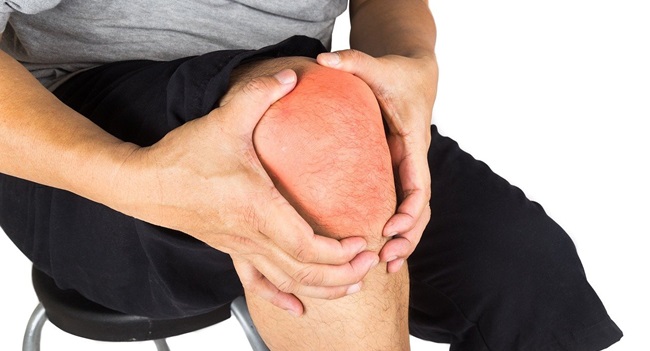Living with chronic pain can feel overwhelming, but there are practical strategies that can significantly improve your quality of life. Chronic pain impacts not just your physical well-being but also your mental and emotional health. While it may seem daunting, managing pain effectively is achievable with the right tools, mindset, and support systems. Below, we explore some practical tips to help you cope with chronic pain and regain control over your life.
Understanding Chronic Pain and Its Impact
Chronic pain is a long-term condition that persists for weeks, months, or even years. Unlike acute pain, which serves as a warning sign for injury, chronic pain can exist without a clear cause. It affects your daily activities, relationships, and mental health, leading to challenges like fatigue, anxiety, and depression. Recognizing the full impact of chronic pain is the first step in managing it effectively. Awareness empowers you to approach pain not as an insurmountable barrier but as a condition that can be managed with the right strategies.
Develop a Personalized Pain Management Plan
A tailored pain management plan is essential for addressing the unique aspects of your condition. Collaborate with healthcare providers to identify treatments that work best for you, such as physical therapy, medications, or alternative therapies like acupuncture. Tracking your pain levels, triggers, and relief methods in a journal can provide valuable insights. This proactive approach helps you adapt to changing pain patterns and ensures that your strategies remain effective over time.
A Natural Approach to Chronic Pain Relief
Chiropractic care is a non-invasive, drug-free treatment option that can significantly alleviate chronic pain. By focusing on spinal alignment and the musculoskeletal system, chiropractors help reduce pressure on nerves, improve mobility, and enhance overall body function, experts from riverviewchiropractic.ca explain. Techniques like spinal adjustments, soft tissue therapy, and stretching exercises target the root causes of pain, offering long-lasting relief. Regular chiropractic sessions can also decrease inflammation and boost your body’s natural healing abilities. This holistic approach not only addresses physical discomfort but also promotes better posture, reduces stress, and enhances your quality of life, making it an effective option for chronic pain management.
Incorporate Regular Physical Activity
Exercise may seem counterintuitive when you’re in pain, but regular physical activity can be a game-changer. Low-impact exercises such as swimming, walking, or yoga can strengthen muscles, improve flexibility, and reduce pain levels. Movement also releases endorphins, the body’s natural painkillers, which can enhance your mood and provide a sense of control. Always consult with your healthcare provider before starting any new exercise routine to ensure it’s safe and suitable for your condition.
Practice Mindfulness and Stress Management
Stress often exacerbates chronic pain, creating a vicious cycle. Incorporating mindfulness practices like meditation, deep breathing, or progressive muscle relaxation can break this cycle. Mindfulness helps you focus on the present moment rather than the pain, reducing stress and promoting a sense of calm. These techniques are particularly effective when combined with other treatments, offering a holistic approach to pain management.
Adopt a Balanced Diet and Stay Hydrated
Nutrition plays a vital role in managing chronic pain. A balanced diet rich in anti-inflammatory foods such as fruits, vegetables, whole grains, and lean proteins can reduce inflammation and pain levels. Omega-3 fatty acids, found in fish and nuts, are particularly beneficial. Staying hydrated also supports overall health and can alleviate symptoms like fatigue and stiffness. Avoiding processed foods and excess sugar can prevent flare-ups and contribute to better pain control.

Chronic pain is undoubtedly challenging, but with a proactive and comprehensive approach, it’s possible to improve your quality of life. By understanding your pain, adopting healthy habits, and seeking support, you can take meaningful steps toward regaining control and finding relief. Remember, you’re not alone in this journey—help and resources are always available.
















